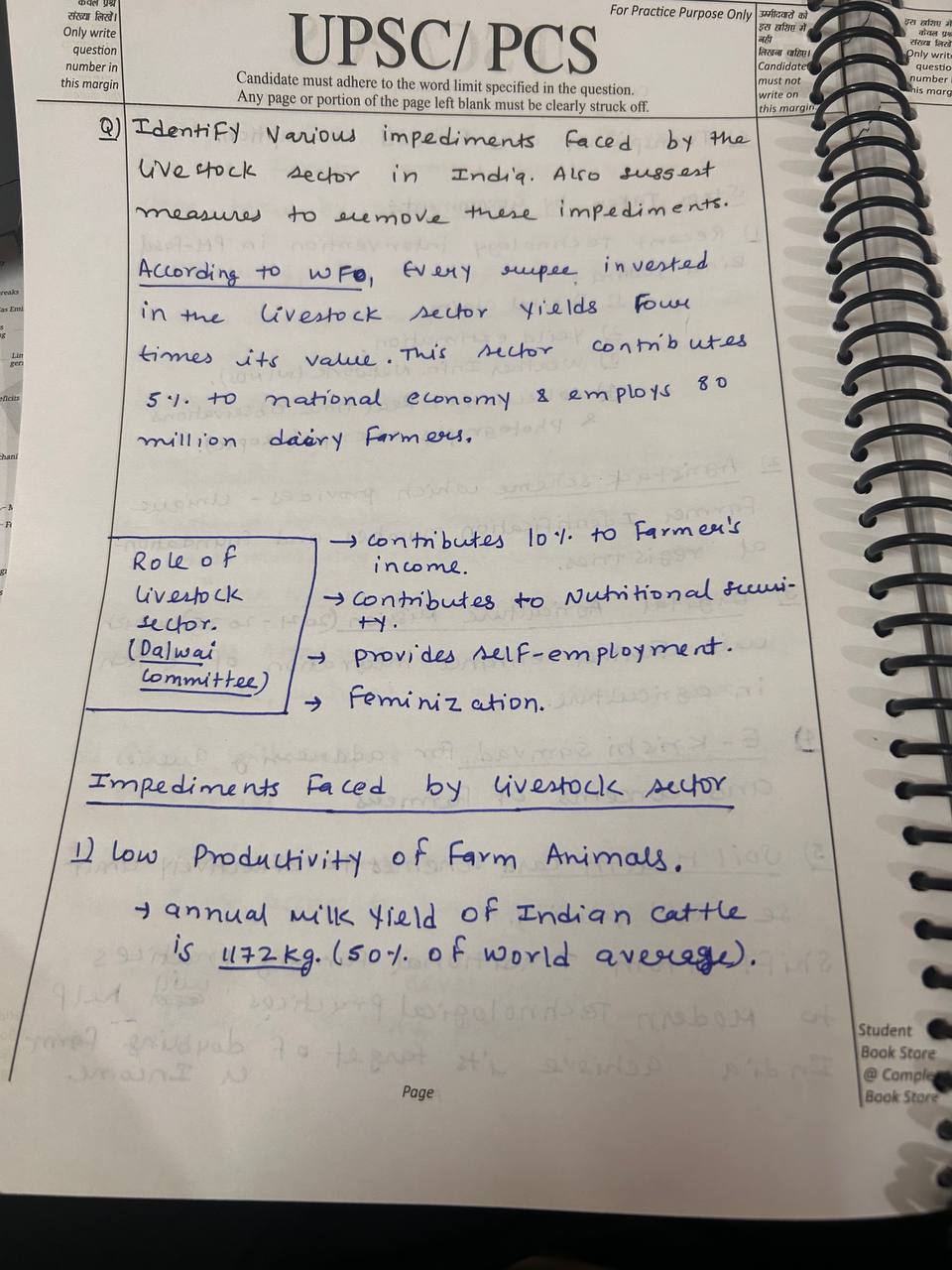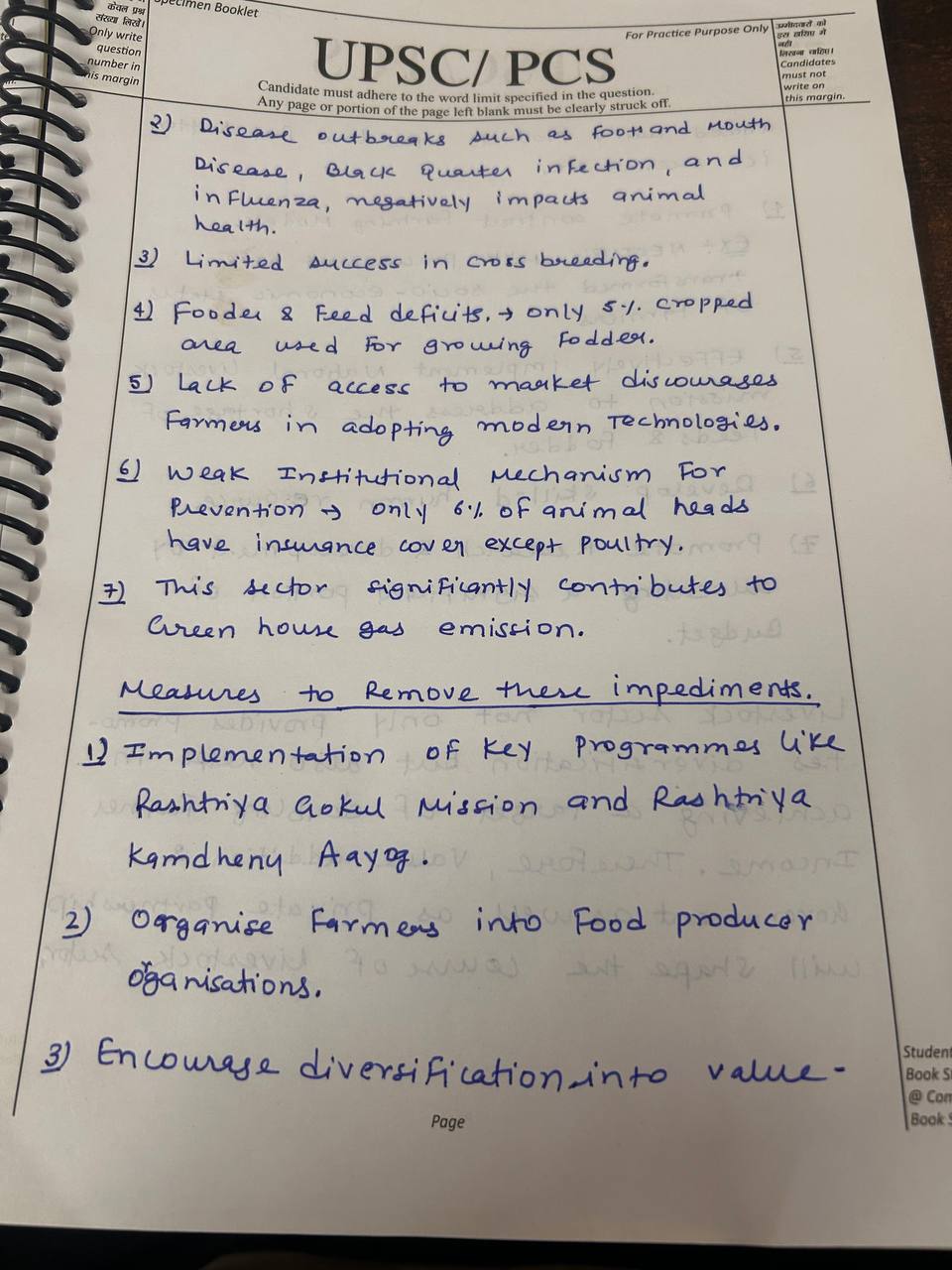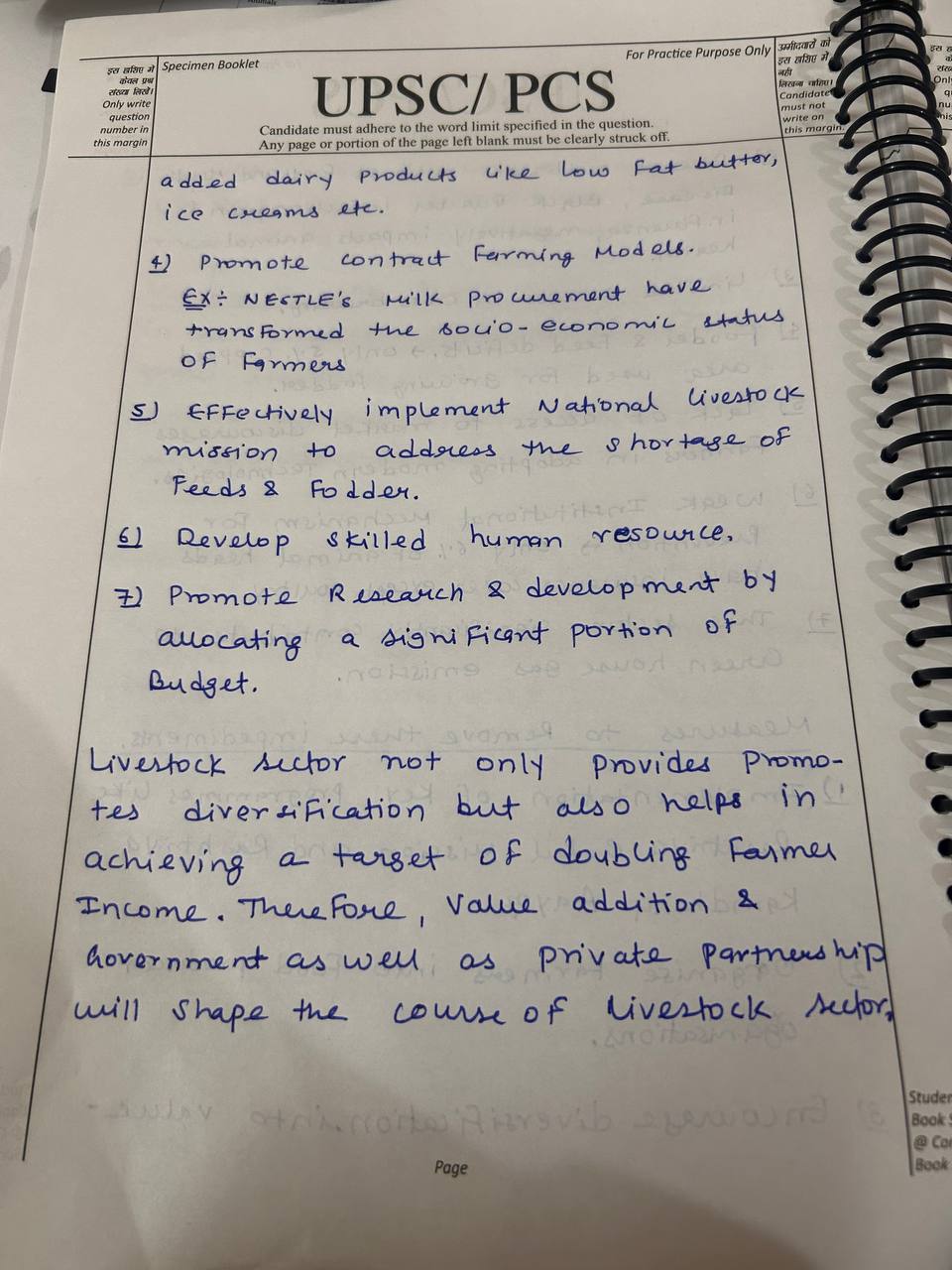What is waste radioactive material? Talk about its many negative impacts and offer management strategies. (Answer in 200 words)
With the end of India's colonial subjugation, both India and Pakistan had to face the consequences of partition. In this light, independent India had to navigate several immediate and long-term challenges. These included territorial and national integration of princely states, communal riots, rehabiRead more
With the end of India’s colonial subjugation, both India and Pakistan had to face the consequences of partition. In this light, independent India had to navigate several immediate and long-term challenges. These included territorial and national integration of princely states, communal riots, rehabilitation of refugees post partition, framing of the Indian Constitution, building of a democratic and civil libertarian political order, conducting elections, economic development along with poverty alleviation, etc. There were two other significant challenges that confronted independent India i.e. settlement of boundaries between India and Pakistan and the division of resources between the two countries. going forward.
Challenge of boundary settlement:
- In accordance with the Partition Plan under the chairmanship of Sir Cyril Radcliffe, the Boundary Commission was constituted, which worked under serious constraints to settle the boundary issue.
- Radcliffe, with very limited knowledge of India, and with the use of out-of-date maps and Census materials, was required to draw the boundaries and decide disputed points within a period of six weeks.
- Although the religious demography was the deciding factor, other factors such as rivers as natural boundaries, administrative units, economic viability, railway and roadway connectivity, and other infrastructural facilities such as the canal system were also to be taken into consideration. The demand that all Sikh holy shrines be included in East Punjab (part of India) further complicated the situation.
- The Census of 1941, the basis of decisions, was also faulty. Thus, the resultant boundary lines were bound to create several problems and leave many people unhappy.
- Despite the report of the Boundary Commission being ready by August 12, Lord Mountbatten intentionally made it public after August 15 so that the responsibility of the consequences- communal riots and its repercussions-would not fall on the British.
Challenge of division of resources:
- The partition of India was accompanied by the division of resources of the civil government as well as division of the military forces and equipment for which a Partition Council and a Joint Defence Council were set up respectively.
- The division of cash balances as well as allocation of public debt created tensions between the two countries. Pakistan wanted one-fourth share of the total cash balances but India advocated that only a small portion of the cash balances represented the real cash needs of the undivided India and the rest was maintained only as an anti-inflationary mechanism. However, eventually, the Congress leadership had to give more cash resources to Pakistan.
- With respect to the division of the armed forces and their plants, machinery, equipment and stores, it was decided that the Muslim-majority units should be transferred to Pakistan and non- Muslim majority units to India. But, due to serious differences between the two parties and ensuing chaos after the British troops left, the entire process was slowed down and was completed by February 1948.
- The orderly exchange of refugee populations posed a challenge of resource sharing for both sides. The Indian government established an Emergency Committee of the Cabinet to deal with the crisis of refugee resettlement and a Ministry of Relief and Rehabilitation to look after the refugees.
Under the able leadership of the time, these challenges were dealt with grit and determination, thereby paving a way for a resilient new India, which was awakened by the spirit of freedom and resurrection.
See less



Radioactive waste Radioactive wastes are by-products of using radioactive materials in various field such as nuclear power generation, mining, medicine, defense and research field. They are basically radio nucleotide of higher concentration than the allowed limit by regulatory authorities. Types ofRead more
Radioactive waste
Radioactive wastes are by-products of using radioactive materials in various field such as nuclear power generation, mining, medicine, defense and research field. They are basically radio nucleotide of higher concentration than the allowed limit by regulatory authorities.
Types of radioactive waste:
Based on the level of radioactivity, International Atomic Energy Agency (IAEA) has classified radioactive waste into 4 categories:
Harmful effects of radioactive waste:
Management of radioactive waste:
Radioactive wastes requires proper treatment, storage and disposal to avoid possible risk factors.
Treatments: Removal of radio nucleotide using filtration, ion exchange or precipitation so that the composition is changed.
Storage: Immobilization of waste in container is done before disposal of waste. For low-level waste the liquid radioactive substance are solidified into cement whereas for high-level waste is calcinated , dried and vitrified in glass matrix. Storing the radioactive waste will help in natural radioactive decay. This is normally done in onsite at power plant or separate field.
Disposal: Deep geological disposal is the best way for final disposal of radioactive waste.
See less